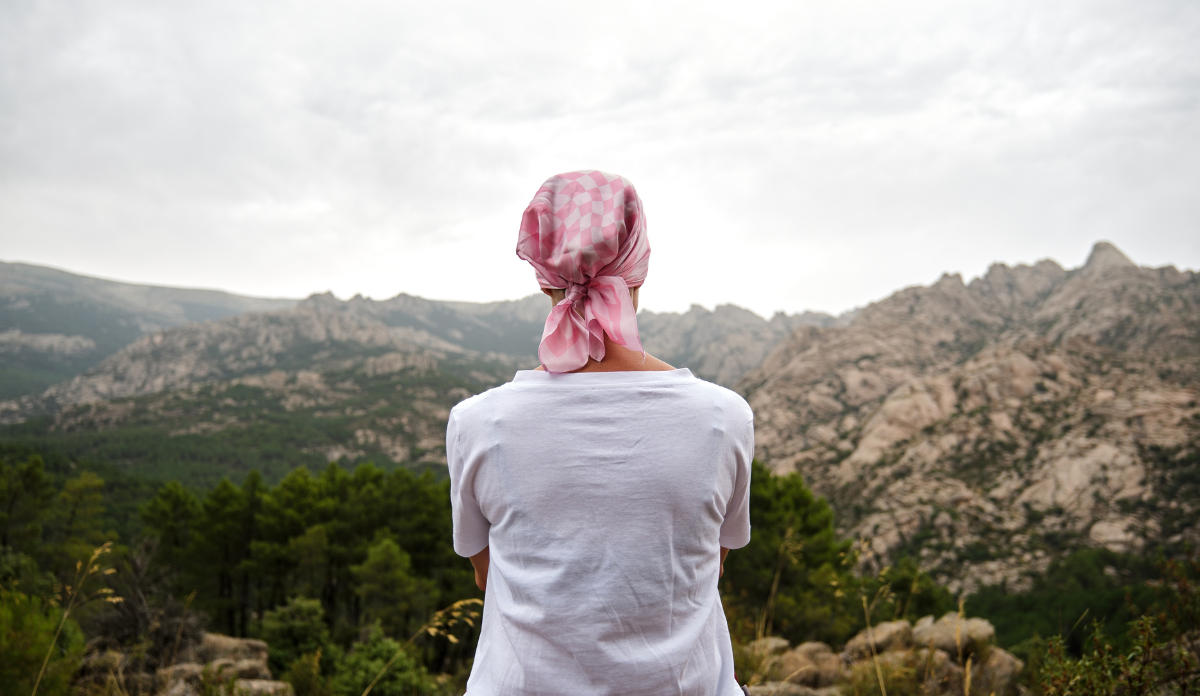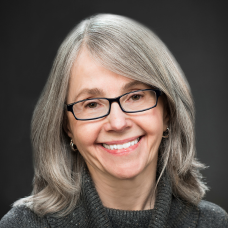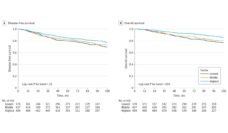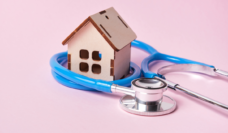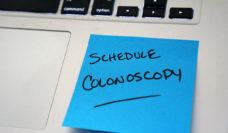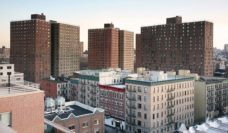As Secretary of Defense, Lloyd Austin faces crises of global significance every day. Even so, he described his recent prostate cancer diagnosis as a “gut punch,” so much so that he initially declined to tell the public or the White House about his illness and hospitalization.
Austin is far from alone. Every year, more than 1.6 million people in the U.S. receive a cancer diagnosis. But sharing the news of a diagnosis can be difficult, particularly in a culture that often focuses on individuals’ personal responsibility to avoid cancer, without recognizing society’s responsibility to protect people from avoidable cancer risks.
As an epidemiologist, I view cancer as a disease that affects communities, not just individuals. Efforts to prevent cancer need to be community-based.
Change is desperately needed. Progress in preventing new cancer cases has fallen far behind progress in reducing cancer deaths, according to official federal statistics. Incidence rates for many cancers are rising and remain persistently higher for some racial and ethnic groups. We need to do more to expand our understanding of effective strategies to reduce cancer risk within a population and put the existing knowledge into practice.
In 1981, two British physicians published a report highly critical of U.S. government studies that identified environmental and occupational exposures as important causes of cancer. They estimated that a large proportion of cancers were due to smoking and diet, and only small fractions were due to occupation or pollution. Experts disputed the scientific validity of their methods. Nevertheless, leading cancer organizations began to emphasize that a substantial proportion of cancer cases were due to unhealthy behaviors.
But much has changed over the last 40 years.
Contemporary efforts to prevent most diseases recognize that many factors such as exposures, experiences, and economic opportunities influence an individual’s personal choices and health. The American Cancer Society acknowledged the importance of reducing the many obstacles to healthy behaviors in its 2020 guideline for diet and physical activity. To reduce cancer risk, the guidance includes recommendations for individual dietary choices and for community action on policy and environmental changes.
This vision of collective action serves as a welcome reminder that people have power to affect change on matters beyond their direct control.
Multiple factors can contribute to the development of a cancer through different biological mechanisms. Substances known and suspected to cause cancer are common in communities. For example, recent analyses of air emissions of carcinogenic chemicals from companies in California revealed widespread use of such chemicals in a variety of consumer products. And environmental exposures to harmful chemicals are often higher in low-wealth neighborhoods and communities of color.
Efforts that focus on individual behaviors, such as health education and counseling, have tremendous value. But as a former CDC director pointed out, they often produce the smallest changes to the public’s health. In contrast, interventions to improve social, economic, and environmental conditions and facilitate healthy choices achieve much greater impact.
Political will is needed to support policy changes that will create healthy social and physical environments.
“All public health is local” is a common expression, and it certainly applies to cancer. In the U.S., incidence rates for many cancers show marked variation across and often within states. This variation provides evidence that, given the right circumstances, we can decrease inequities in cancer risk and reduce the number of new cancer cases.
The Union for International Cancer Control (UICC) emphasized citizen action for this year’s World Cancer Day, which was honored on February 4. They focused on working together to ensure that everyone has access to quality health services and suggested actions that citizens could take, such as sharing their voices and advocating for action. This vision of collective action serves as a welcome reminder that people have power to affect change on matters beyond their direct control. That’s true for access to quality health services. It’s also true for cancer risk.
Last year, the U.S. Surgeon General issued an advisory report on the importance of social connections for good health. Recommended actions for individuals include participation in social and community groups and making time to get involved in local politics. Greater social connection could also support community-based strategies to reduce cancer risk. And community action can be informed by an interactive CDC website that makes it easy to view cancer statistics by state, county, and congressional district.
It’s time to refresh our approach to cancer prevention. The public is more sophisticated in its understanding of the drivers of cancer risk than it was 40 years ago. Government leaders and elected officials need to hear from the public about their health concerns. And the public needs to hold policy-makers accountable for decisions that enable more people to live healthy, cancer-free lives.
Photo via Getty Images









